43 labels and selectors in kubernetes
Well-Known Labels, Annotations and Taints | Kubernetes 04.11.2022 · Well-Known Labels, Annotations and Taints. Kubernetes reserves all labels and annotations in the kubernetes.io and k8s.io namespaces. This document serves both as a reference to the values and as a coordination point for assigning values. Labels, annotations and taints used on API objects app.kubernetes.io/component Dynamic Admission Control | Kubernetes 01.07.2022 · In addition to compiled-in admission plugins, admission plugins can be developed as extensions and run as webhooks configured at runtime. This page describes how to build, configure, use, and monitor admission webhooks. What are admission webhooks? Admission webhooks are HTTP callbacks that receive admission requests and do something with them. …
ReplicaSet | Kubernetes 18.06.2022 · A ReplicaSet's purpose is to maintain a stable set of replica Pods running at any given time. As such, it is often used to guarantee the availability of a specified number of identical Pods. How a ReplicaSet works A ReplicaSet is defined with fields, including a selector that specifies how to identify Pods it can acquire, a number of replicas indicating how many Pods it …

Labels and selectors in kubernetes
Kubernetes - Labels & Selectors - tutorialspoint.com Selectors. Labels do not provide uniqueness. In general, we can say many objects can carry the same labels. Labels selector are core grouping primitive in Kubernetes. They are used by the users to select a set of objects. Kubernetes API currently supports two type of selectors −. Equality-based selectors; Set-based selectors; Equality-based ... Labels and Selectors | Kubernetes 09.08.2022 · Labels are key/value pairs that are attached to objects, such as pods. Labels are intended to be used to specify identifying attributes of objects that are meaningful and relevant to users, but do not directly imply semantics to the core system. Labels can be used to organize and to select subsets of objects. Labels can be attached to objects at creation time and … Field Selectors | Kubernetes 24.10.2022 · Field selectors let you select Kubernetes resources based on the value of one or more resource fields. Here are some examples of field selector queries: metadata.name=my-service metadata.namespace!=default status.phase=Pending This kubectl command selects all Pods for which the value of the status.phase field is Running: kubectl get pods --field-selector …
Labels and selectors in kubernetes. Recommended Labels | Kubernetes 24.10.2022 · You can visualize and manage Kubernetes objects with more tools than kubectl and the dashboard. A common set of labels allows tools to work interoperably, describing objects in a common manner that all tools can understand. In addition to supporting tooling, the recommended labels describe applications in a way that can be queried. The metadata is … Assigning Pods to Nodes | Kubernetes 17.07.2022 · You can constrain a Pod so that it is restricted to run on particular node(s), or to prefer to run on particular nodes. There are several ways to do this and the recommended approaches all use label selectors to facilitate the selection. Often, you do not need to set any such constraints; the scheduler will automatically do a reasonable placement (for example, … Kubernetes - Wikipedia Labels and selectors. Kubernetes enables clients (users or internal components) to attach keys called "labels" to any API object in the system, such as pods and nodes. Correspondingly, "label selectors" are queries against labels that resolve to matching objects. When a service is defined, one can define the label selectors that will be used by the service router/load balancer to … Kubernetes labels, selectors & annotations with examples Kubernetes provides two basic ways to document your infrastructure—labels and annotations.We have used labels in some of the examples in previous articles, but here I will explain the usage of labels and other related terminologies.
Field Selectors | Kubernetes 24.10.2022 · Field selectors let you select Kubernetes resources based on the value of one or more resource fields. Here are some examples of field selector queries: metadata.name=my-service metadata.namespace!=default status.phase=Pending This kubectl command selects all Pods for which the value of the status.phase field is Running: kubectl get pods --field-selector … Labels and Selectors | Kubernetes 09.08.2022 · Labels are key/value pairs that are attached to objects, such as pods. Labels are intended to be used to specify identifying attributes of objects that are meaningful and relevant to users, but do not directly imply semantics to the core system. Labels can be used to organize and to select subsets of objects. Labels can be attached to objects at creation time and … Kubernetes - Labels & Selectors - tutorialspoint.com Selectors. Labels do not provide uniqueness. In general, we can say many objects can carry the same labels. Labels selector are core grouping primitive in Kubernetes. They are used by the users to select a set of objects. Kubernetes API currently supports two type of selectors −. Equality-based selectors; Set-based selectors; Equality-based ...


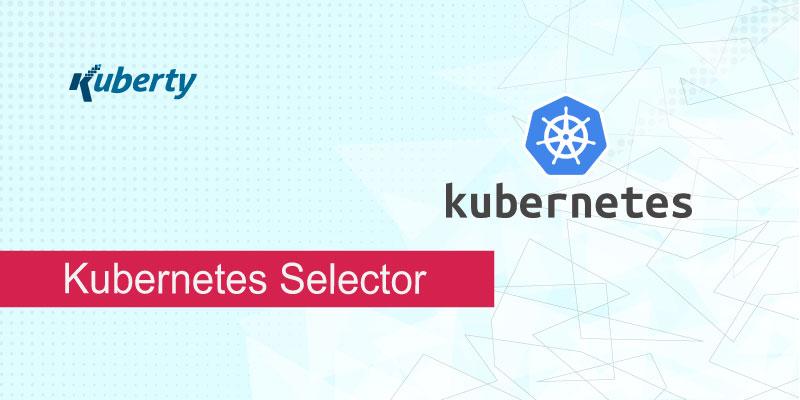
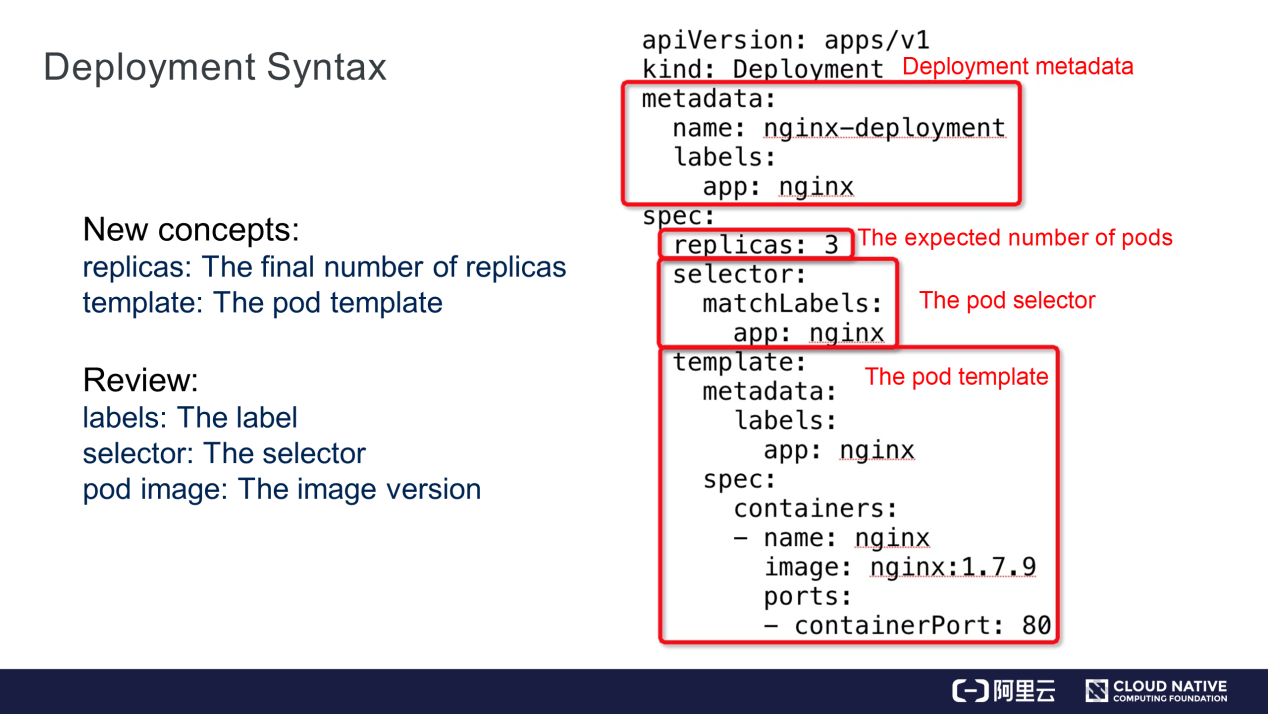





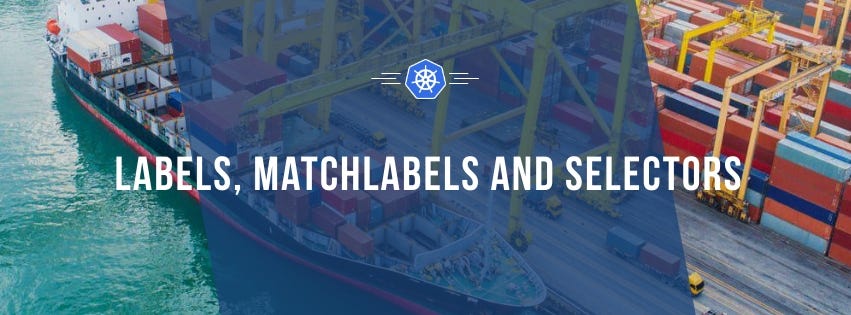
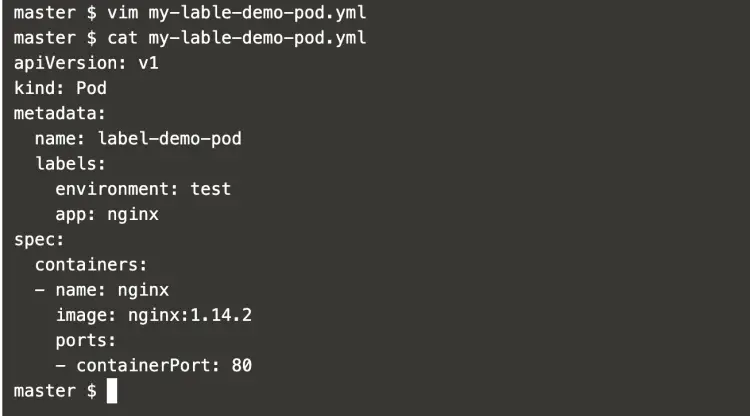


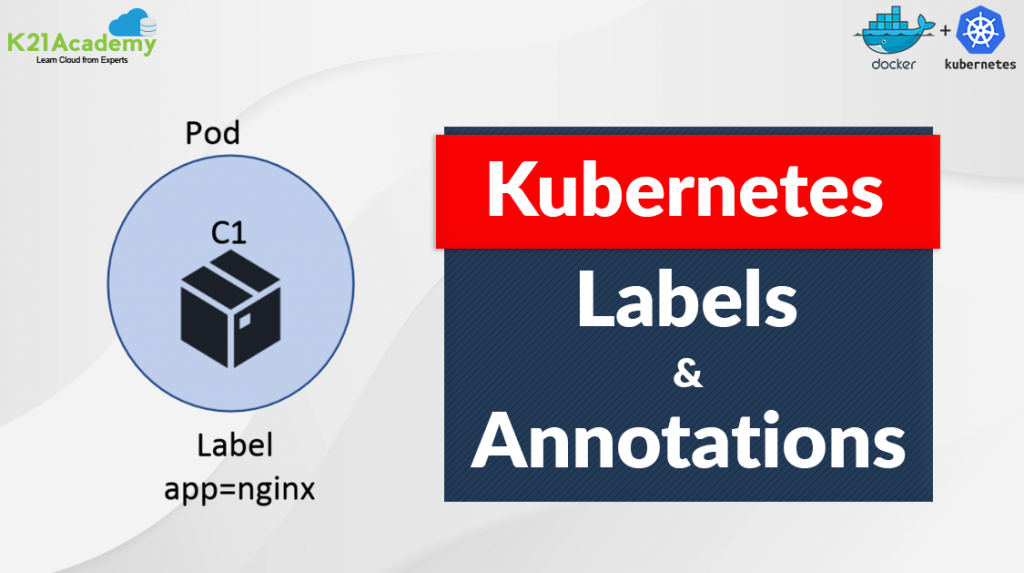
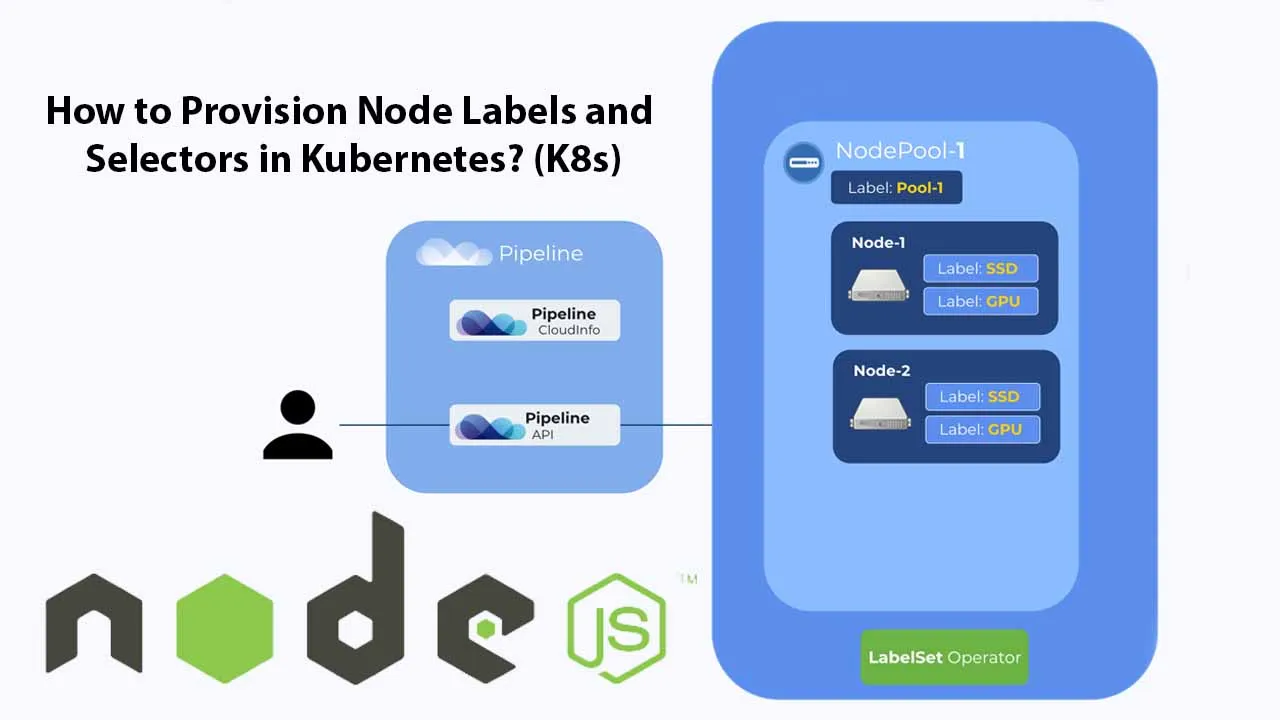
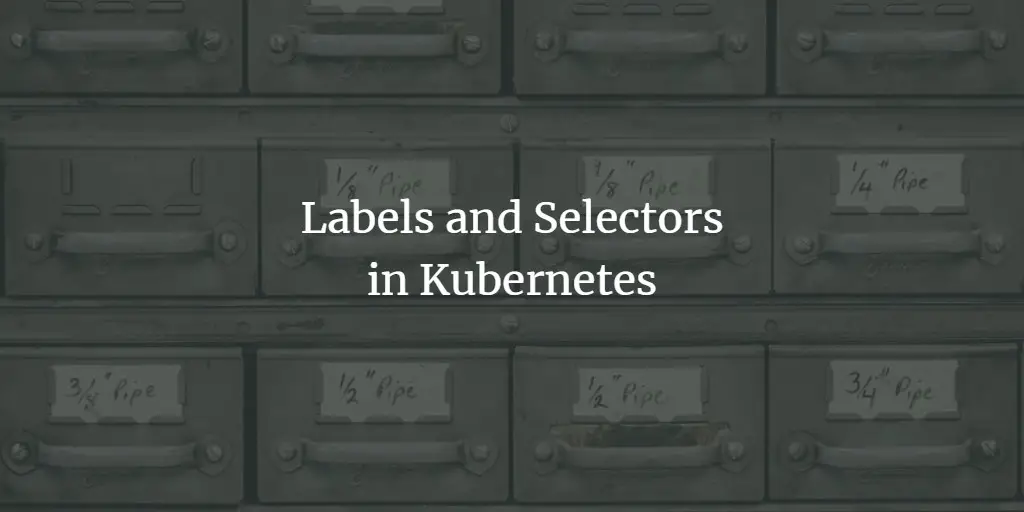

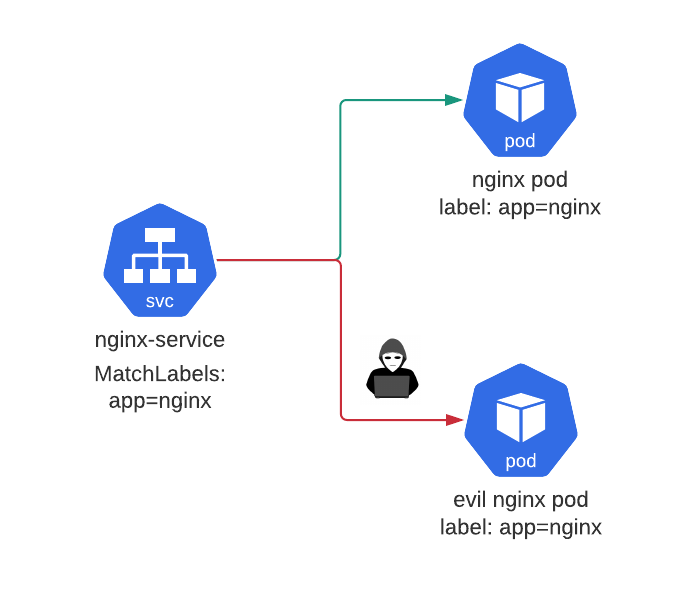




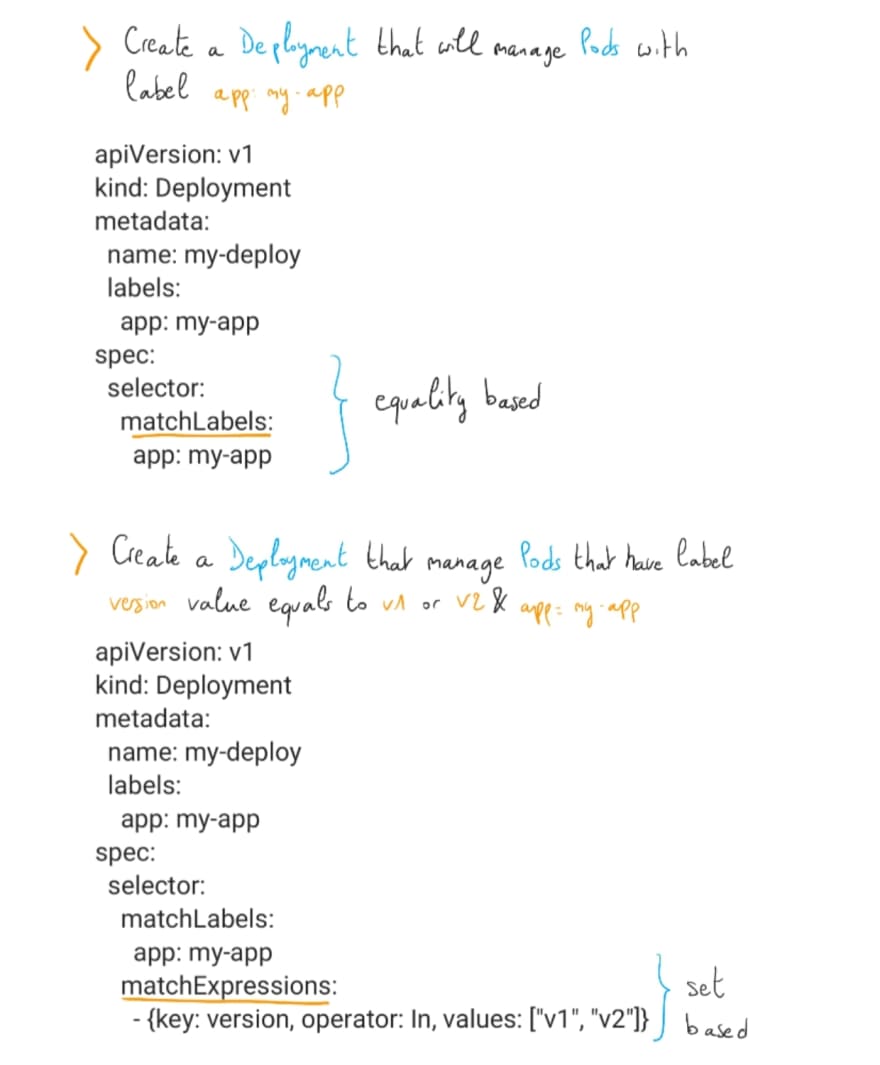
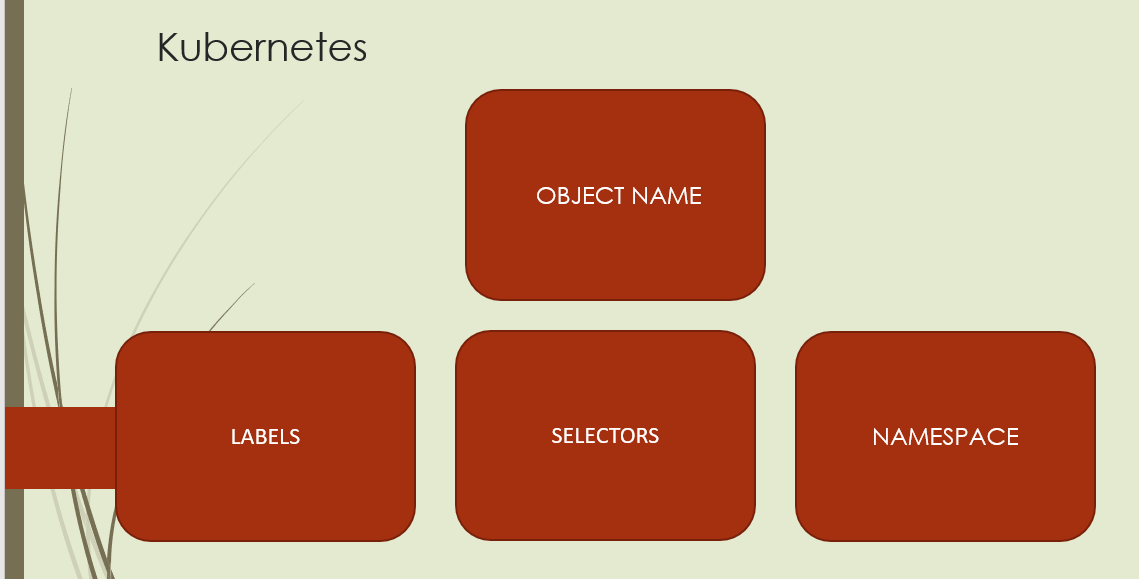

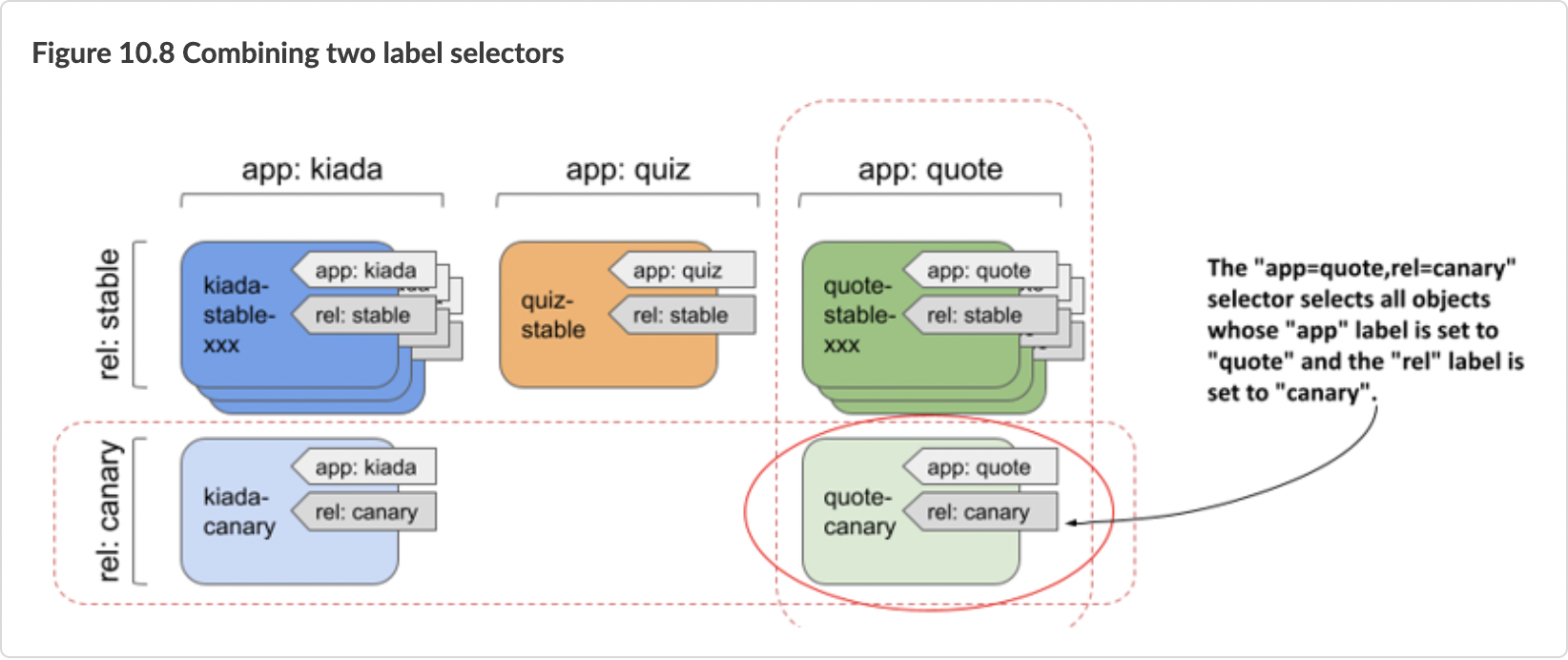
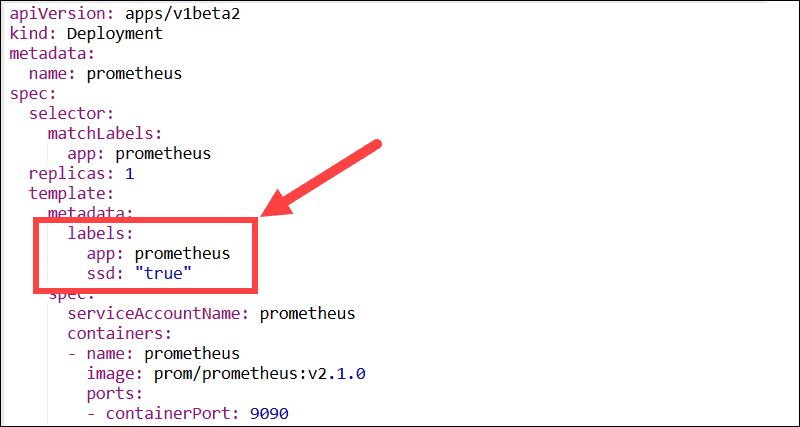
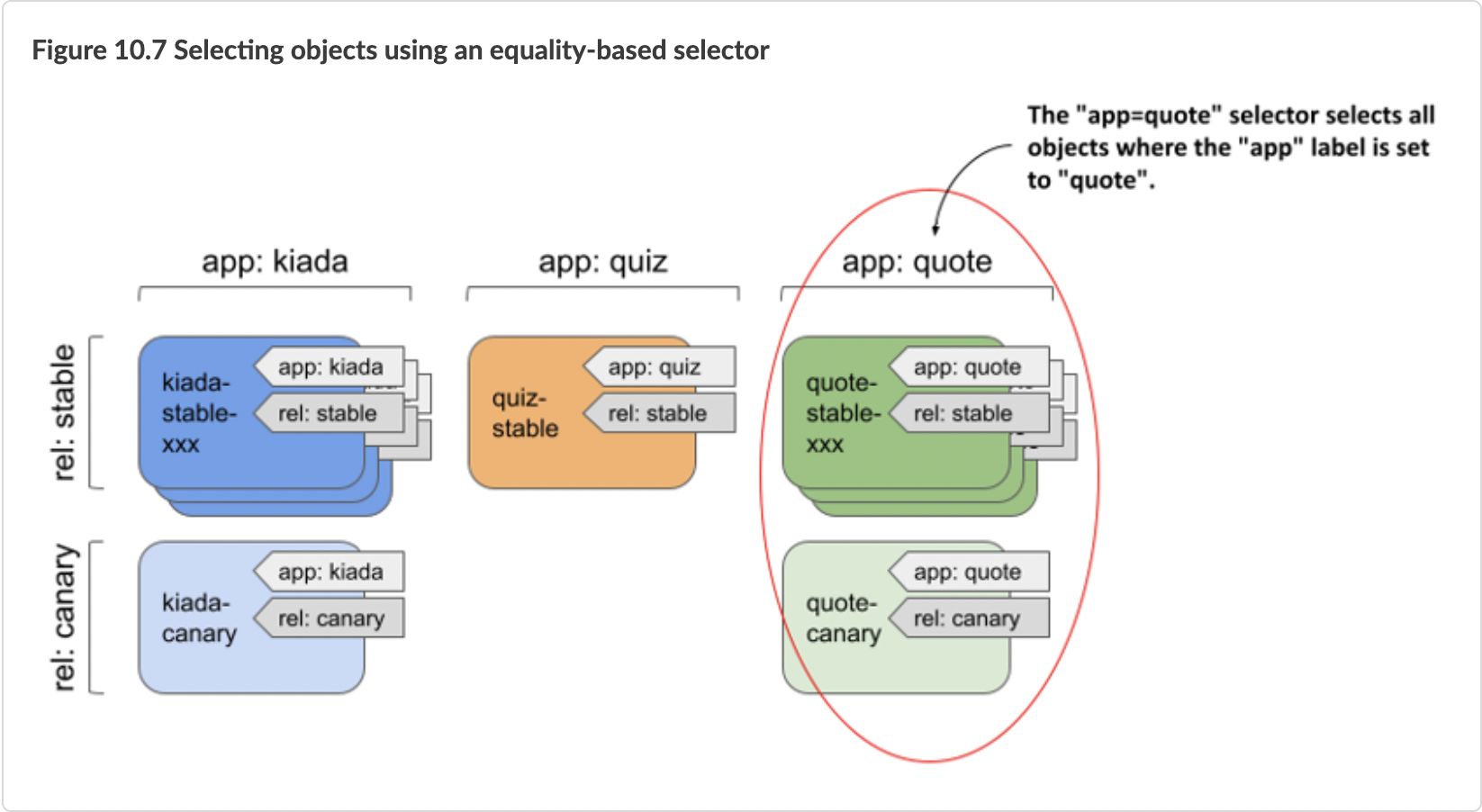


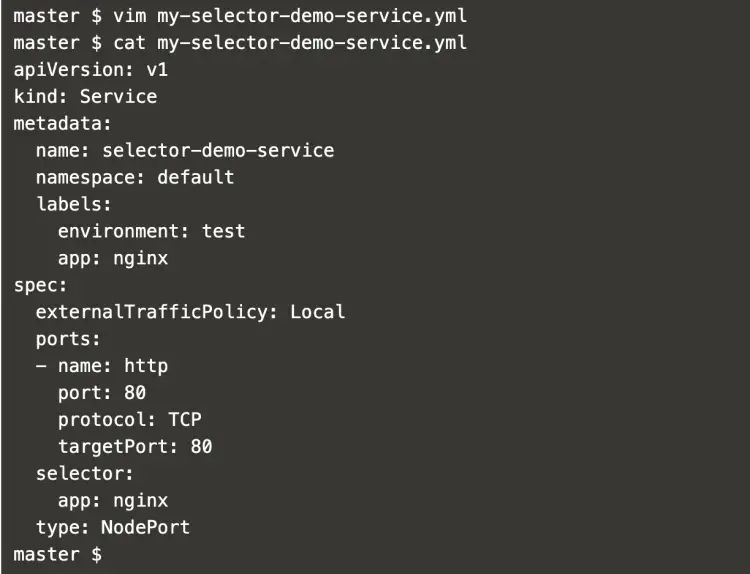


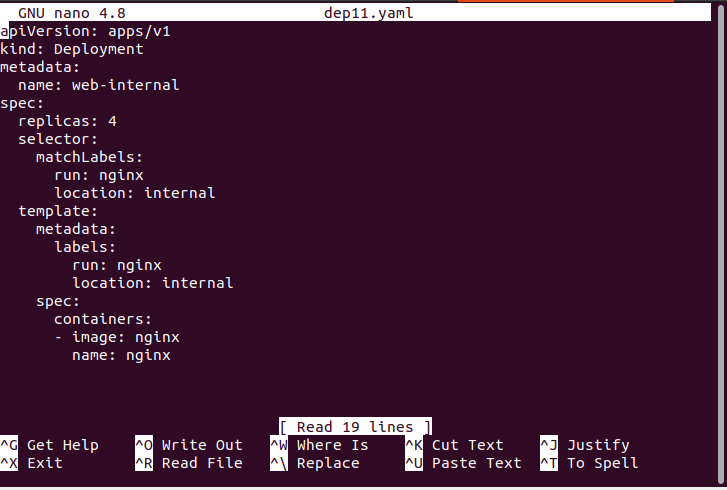
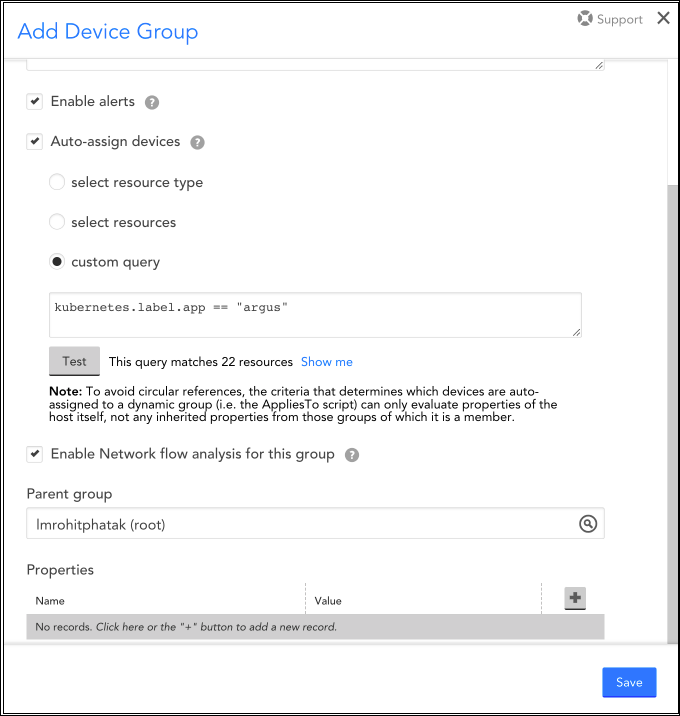




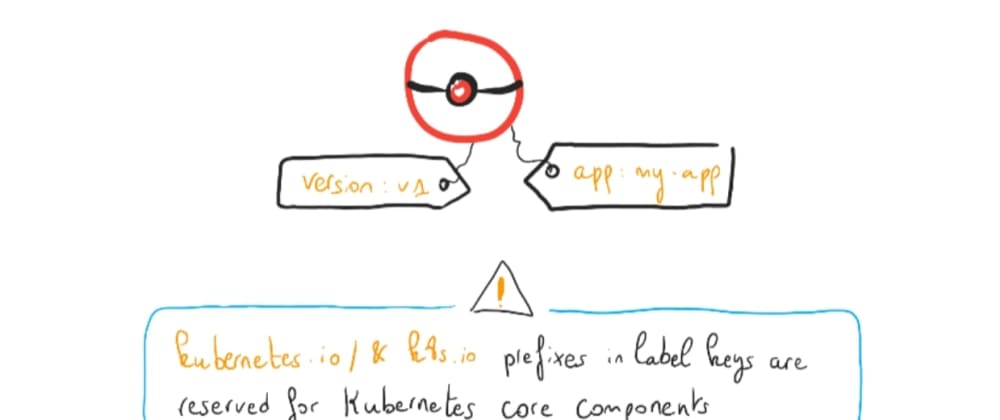

Post a Comment for "43 labels and selectors in kubernetes"